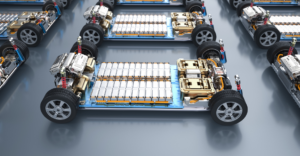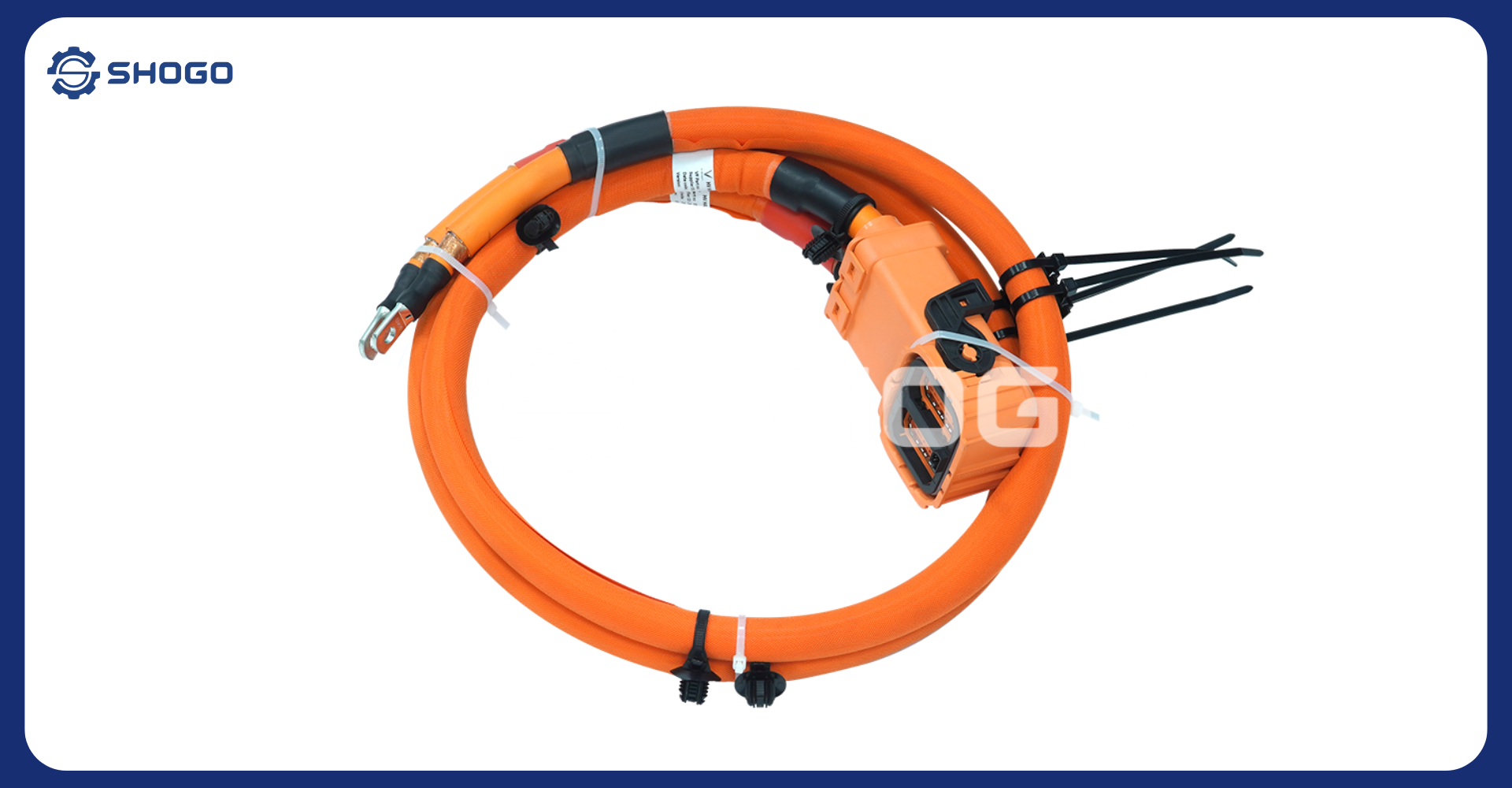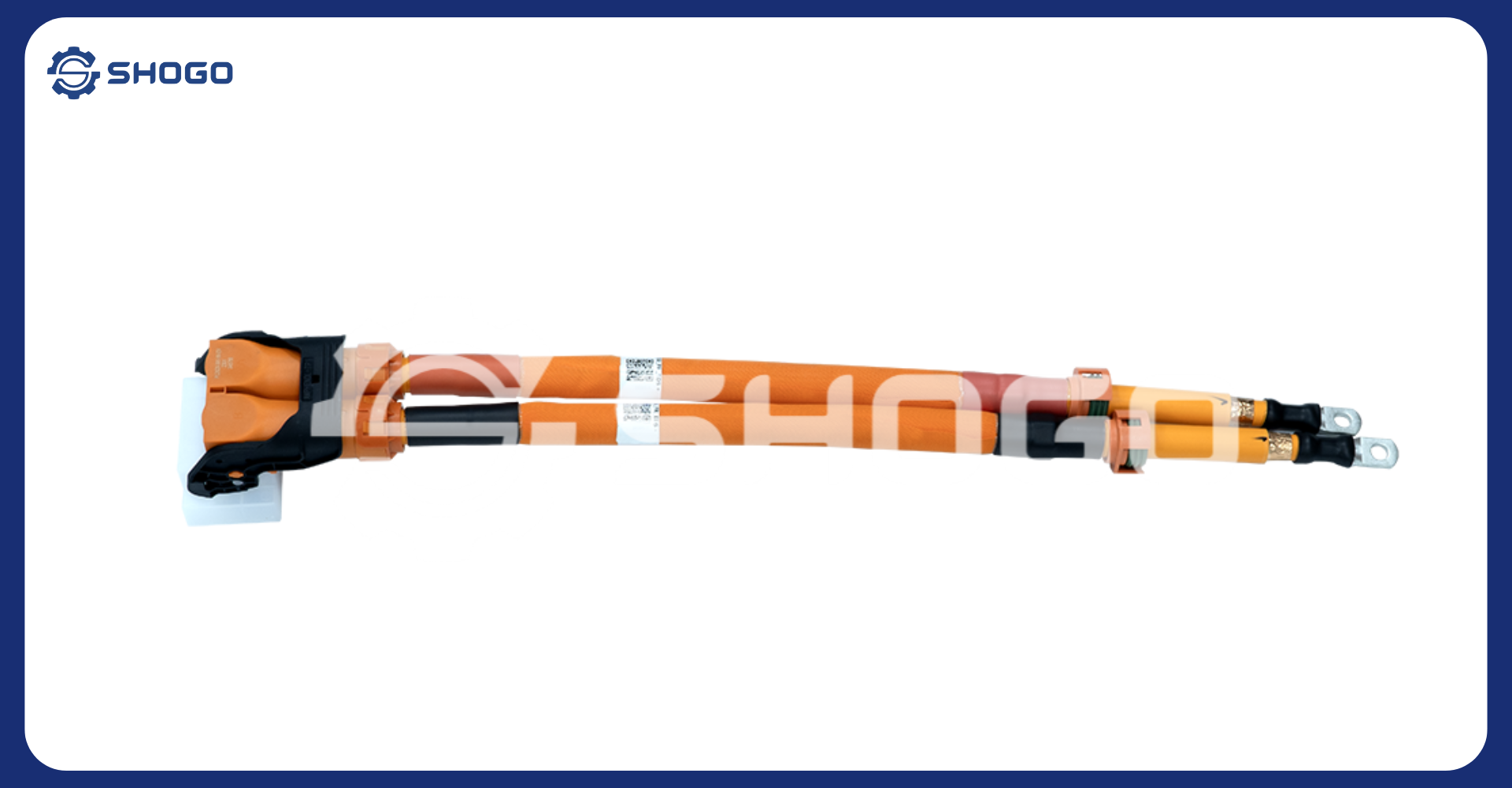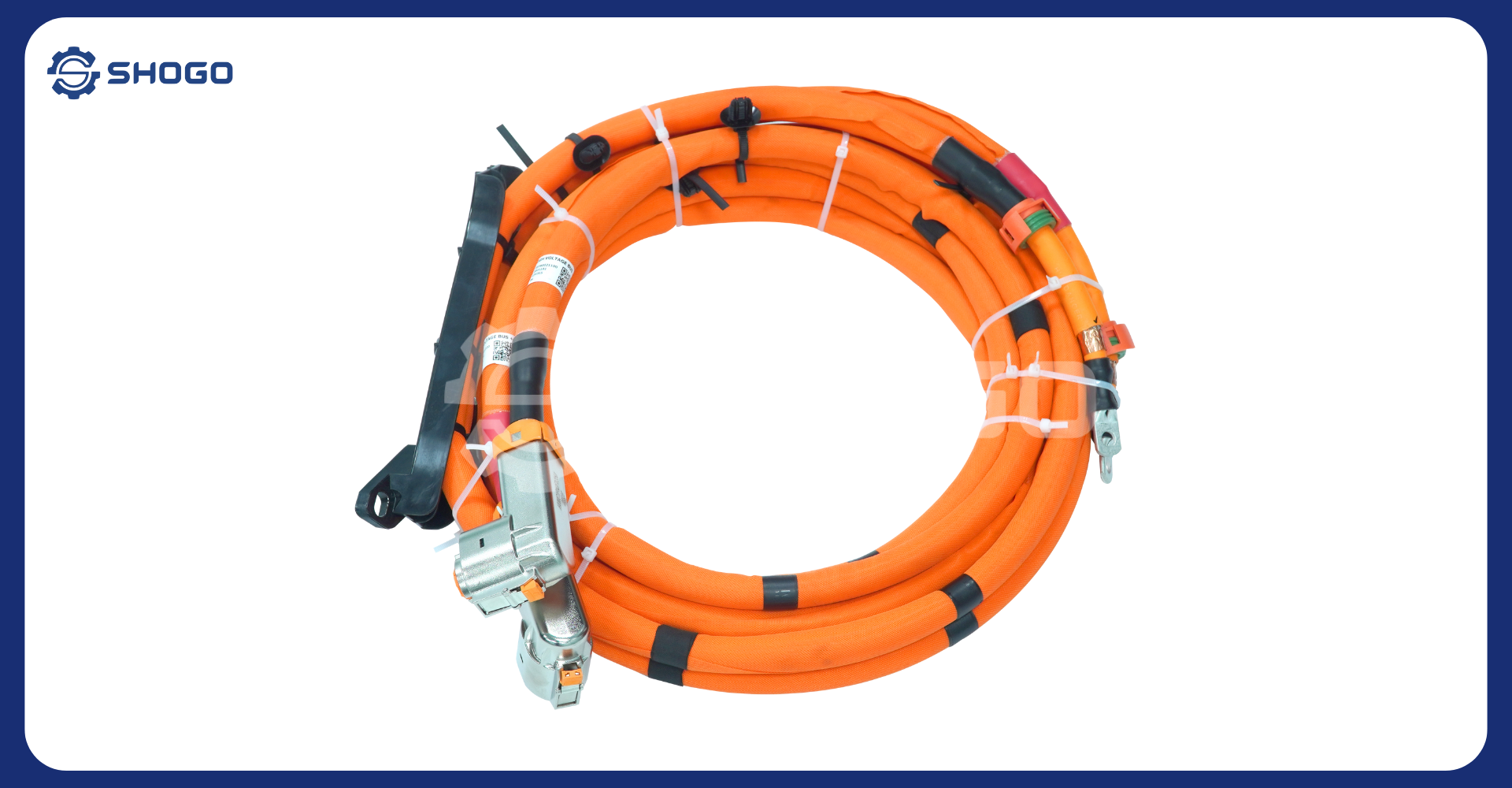
1. Introduction
Have you ever wondered why your smartphone can last an entire day on a single charge? The secret lies in a special type of battery known as a lithium-ion battery. Lithium ion battery have become an indispensable part of modern life, powering everything from small mobile devices to large electric vehicles. So, what exactly is a lithium-ion battery, and why is it so important?
2. Structure and Operation
A basic Lithium ion battery consists of four main components: the anode, cathode, electrolyte, and separator. During charging, lithium ions move from the anode to the cathode, and the reverse process occurs during discharge. This movement of lithium ions generates the electric current that powers our devices.
3. Advantages of Lithium Ion Batteries
- High energy density: Compared to other types of batteries, lithium-ion batteries can store more energy in a smaller space, allowing devices to operate for longer periods.
- Long cycle life: With modern technology, lithium-ion batteries can undergo hundreds of charge-discharge cycles without significant performance degradation.
- High efficiency: Lithium-ion batteries provide a stable and efficient electric current, meeting the increasing energy demands of electronic devices.
- Compact size: The compact design of lithium-ion batteries makes them suitable for integration into a wide range of devices.
- Safety: Manufacturers have continuously improved safety features to ensure that lithium-ion batteries operate safely and minimize the risk of fire or explosion.
4. Types of Lithium Ion Batteries
Depending on the cathode material, Lithium ion battery can be classified into different types, each with its own advantages and disadvantages:
- Lithium cobalt oxide (LCO) batteries: Offer high energy density but are less durable and sensitive to temperature.
- Lithium manganese oxide (LMO) batteries: More stable than LCO but have lower energy density.
- Lithium iron phosphate (LFP) batteries: Safe, long-lasting, but with the lowest energy density.
- Lithium nickel manganese cobalt oxide (NMC) batteries: Combine the advantages of the above types, offering high energy density, good cycle life, and stability.
5. Applications of Lithium Ion Batteries
- Mobile devices: Smartphones, tablets, laptops…
- Electric vehicles: Electric cars, electric motorcycles…

- Other electronic devices: Smartwatches, cameras, drones…
- Energy storage: Solar energy systems, wind energy systems…
6. Challenges and Issues
Despite their many advantages, Lithium ion battery still face some challenges:
- Safety: The risk of fire or explosion still exists, especially when batteries are overcharged, short-circuited, or subjected to physical impact.
- Cost: The cost of lithium-ion batteries, especially high-energy-density types, can be relatively high.
- Environmental impact: The production and disposal of lithium-ion batteries can have a negative impact on the environment.
7. The Future of Lithium-Ion Batteries
Researchers and engineers are continually working to improve the performance and safety of Lithium ion battery. In the future, we can expect to see new types of lithium-ion batteries with even higher energy density, longer cycle life, and lower cost.
8. Conclusion
Lithium ion battery have revolutionized the way we power our devices and are playing a crucial role in the transition to a more sustainable future. While there are still challenges to overcome, the future of lithium-ion batteries looks bright.


